Shelled walnuts are a popular and nutritious snack enjoyed by people all over the world. Whether incorporated into recipes or consumed on their own, these nutrient-dense nuts provide numerous health benefits. However, it is essential for consumers and businesses alike to understand the factors that influence the price per pound of shelled walnuts, as it can fluctuate due to a variety of economic and environmental factors. Factors Affecting the Price per Pound of Shelled Walnuts: 1. Supply and Demand: The fundamental economic principle of supply and demand plays a significant role in determining the price of shelled walnuts. When demand exceeds supply, prices tend to rise, and vice versa. Therefore, factors that impact supply, such as weather conditions, crop yields, and global production levels influence the price per pound of shelled walnuts. 2. Global Production and Trade: The global production and trade of walnuts significantly impact their price. Major producers of walnuts, such as the United States, China, and Iran, play a crucial role in determining the global supply. Fluctuations in production levels due to weather conditions, pest infestation, or disease outbreaks can influence prices. Additionally, trade policies and tariffs imposed on walnuts can impact the cost of importing or exporting, thereby influencing the price per pound. 3. Harvest Season: Walnuts are typically harvested during specific seasons, varying by region. The seasonality of walnut harvest impacts the availability and supply of shelled walnuts, influencing prices accordingly. The time of year in which walnuts reach the market can affect prices due to demand fluctuations. 4. Quality and Grade: The quality and grade of shelled walnuts significantly affect their price per pound. Factors such as size, color, texture, taste, and overall quality, including the presence of defects, influence the grading of walnuts. Higher-quality and premium-grade walnuts generally command a higher price in the market. 5. Processing Costs: The cost of shelling and processing walnuts adds to their overall price. Shelling walnuts is a labor-intensive process that incurs costs for equipment, labor, and packaging. The efficiency and scale of processing operations impact the additional costs, ultimately affecting the price per pound of shelled walnuts. 6. Transportation and Storage Costs: The transportation and storage of shelled walnuts from the point of production to the end consumer can significantly impact their price. Costs related to logistics, refrigeration, and warehousing influence the overall price of shelled walnuts. Additionally, the distance between production and consumption centers can affect transportation costs and, subsequently, the final price per pound. 7. Market Competition: The level of competition within the walnut market can influence the price per pound of shelled walnuts. Large-scale walnut producers and distributors may engage in price-setting strategies to gain market share or compete with rival companies. Market competition dynamics, such as the number of players and their market dominance, can influence the final price. 8. Consumer Demand and Preferences: Consumer demand and preferences for shelled walnuts play a significant role in determining their price. Factors such as changing dietary trends, health benefits associated with walnuts, and consumer perceptions about quality and sustainability impact demand.
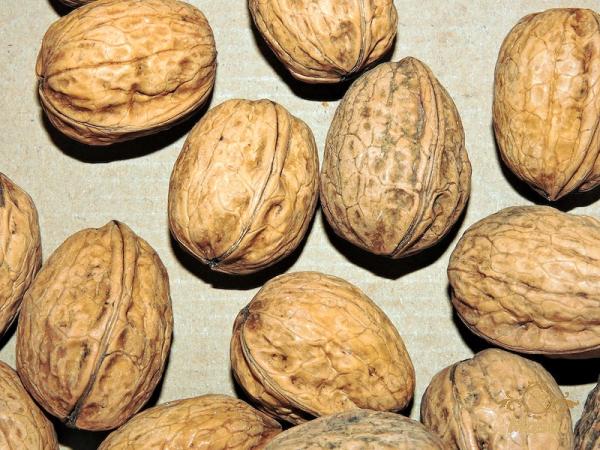
nut
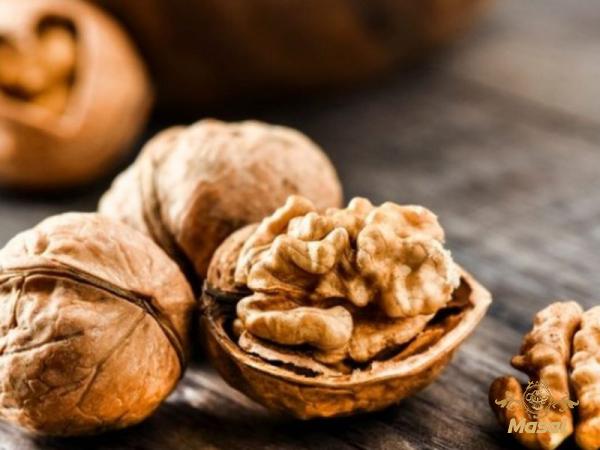 In response to evolving consumer preferences, producers and distributors may adjust prices accordingly. Market Trends and Price Volatility: The price per pound of shelled walnuts can exhibit significant volatility due to the various factors discussed above. Factors such as weather-related disruptions, disease outbreaks, or sudden shifts in demand can cause price fluctuations. Additionally, global market dynamics and geopolitical factors can influence walnut prices. Commodities markets and futures trading can also impact the pricing of shelled walnuts. Conclusion: The price per pound of shelled walnuts is influenced by a range of factors, including supply and demand dynamics, global production and trade, harvest seasons, quality and grade, processing costs, transportation and storage costs, market competition, and consumer preferences. Understanding these factors is crucial for consumers and businesses looking to make informed decisions regarding the purchase, sale, or investment related to shelled walnuts. By considering these factors, stakeholders can gain insights into the complex dynamics that influence the price per pound of shelled walnuts and navigate the market effectively. Shelled walnuts are a popular and nutritious snack enjoyed by people all over the world. Whether incorporated into recipes or consumed on their own, these nutrient-dense nuts provide numerous health benefits. However, it is essential for consumers and businesses alike to understand the factors that influence the price per pound of shelled walnuts, as it can fluctuate due to a variety of economic and environmental factors. Factors Affecting the Price per Pound of Shelled Walnuts: 1. Supply and Demand: The price of shelled walnuts is influenced by the interaction between supply and demand dynamics. When demand for walnuts exceeds supply, prices tend to rise, and vice versa. The supply of walnuts is impacted by various factors such as weather conditions, crop yields, and global production levels. Adverse weather conditions, including droughts and frosts, can affect walnut tree growth and yield, leading to reduced supply and higher prices. Additionally, increased global consumption of walnuts has contributed to rising demand, further influencing prices. 2. Global Production and Trade: The global production and trade of walnuts play a crucial role in determining their price per pound. Major walnut-producing countries, such as the United States, China, and Iran, significantly influence global supply. Any disruptions in production, such as disease outbreaks or pest infestations, can impact prices. Furthermore, trade policies, tariffs, and import/export regulations imposed by countries can affect the cost of acquiring or selling shelled walnuts, influencing their price. 3. Harvest Season: Walnuts have specific harvesting seasons that vary depending on the region. The seasonality of walnut production affects the availability and supply of shelled walnuts, thereby influencing prices. During the harvest season, the market can experience a surge in walnut supply, leading to lower prices. Conversely, out-of-season periods can witness reduced supply, subsequently causing prices to rise due to increased demand and limited availability.
In response to evolving consumer preferences, producers and distributors may adjust prices accordingly. Market Trends and Price Volatility: The price per pound of shelled walnuts can exhibit significant volatility due to the various factors discussed above. Factors such as weather-related disruptions, disease outbreaks, or sudden shifts in demand can cause price fluctuations. Additionally, global market dynamics and geopolitical factors can influence walnut prices. Commodities markets and futures trading can also impact the pricing of shelled walnuts. Conclusion: The price per pound of shelled walnuts is influenced by a range of factors, including supply and demand dynamics, global production and trade, harvest seasons, quality and grade, processing costs, transportation and storage costs, market competition, and consumer preferences. Understanding these factors is crucial for consumers and businesses looking to make informed decisions regarding the purchase, sale, or investment related to shelled walnuts. By considering these factors, stakeholders can gain insights into the complex dynamics that influence the price per pound of shelled walnuts and navigate the market effectively. Shelled walnuts are a popular and nutritious snack enjoyed by people all over the world. Whether incorporated into recipes or consumed on their own, these nutrient-dense nuts provide numerous health benefits. However, it is essential for consumers and businesses alike to understand the factors that influence the price per pound of shelled walnuts, as it can fluctuate due to a variety of economic and environmental factors. Factors Affecting the Price per Pound of Shelled Walnuts: 1. Supply and Demand: The price of shelled walnuts is influenced by the interaction between supply and demand dynamics. When demand for walnuts exceeds supply, prices tend to rise, and vice versa. The supply of walnuts is impacted by various factors such as weather conditions, crop yields, and global production levels. Adverse weather conditions, including droughts and frosts, can affect walnut tree growth and yield, leading to reduced supply and higher prices. Additionally, increased global consumption of walnuts has contributed to rising demand, further influencing prices. 2. Global Production and Trade: The global production and trade of walnuts play a crucial role in determining their price per pound. Major walnut-producing countries, such as the United States, China, and Iran, significantly influence global supply. Any disruptions in production, such as disease outbreaks or pest infestations, can impact prices. Furthermore, trade policies, tariffs, and import/export regulations imposed by countries can affect the cost of acquiring or selling shelled walnuts, influencing their price. 3. Harvest Season: Walnuts have specific harvesting seasons that vary depending on the region. The seasonality of walnut production affects the availability and supply of shelled walnuts, thereby influencing prices. During the harvest season, the market can experience a surge in walnut supply, leading to lower prices. Conversely, out-of-season periods can witness reduced supply, subsequently causing prices to rise due to increased demand and limited availability.
Specifications of nut
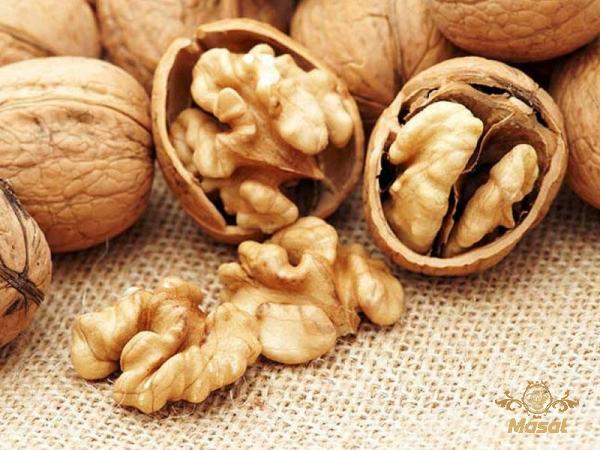 4. Quality and Grade: The quality and grade of shelled walnuts significantly impact their price per pound. Premium-grade walnuts usually command higher prices due to their desirable characteristics such as larger sizes, uniform color, and superior taste. Quality is determined by factors like freshness, texture, and freedom from defects or mold. The grading process ensures that walnuts meet specific standards set by the industry and consumers. Higher-quality walnuts with better grading garner higher prices in the market. 5. Processing Costs: The cost of shelling and processing walnuts adds to their overall price. Shelling walnuts is a labor-intensive process that incurs expenses related to equipment, labor, and packaging. The efficiency and scale of processing operations have a direct impact on additional costs. Large-scale processors that can leverage economies of scale tend to have lower processing costs, which allows them to offer more competitive prices per pound. 6. Transportation and Storage Costs: The transportation and storage of shelled walnuts from the point of production to the end consumer can significantly affect their price. Costs associated with logistics, refrigeration, and warehousing influence the overall price of shelled walnuts. The distance between the production area and the target market can impact transportation costs as well. Efficient transportation and storage practices can help minimize costs and keep prices competitive. 7. Market Competition: The level of competition within the walnut market can influence the price per pound of shelled walnuts. Large-scale walnut producers and distributors may engage in price-setting strategies to gain market share or compete with rival companies. Market competition dynamics, such as the number of players and their market dominance, can impact the final price. A highly competitive market often leads to price stability or even reductions to attract buyers. 8. Consumer Demand and Preferences: Consumer demand and preferences for shelled walnuts play a significant role in determining their price. Factors such as changing dietary trends, health benefits associated with walnuts, and consumer perceptions about quality and sustainability impact demand.
4. Quality and Grade: The quality and grade of shelled walnuts significantly impact their price per pound. Premium-grade walnuts usually command higher prices due to their desirable characteristics such as larger sizes, uniform color, and superior taste. Quality is determined by factors like freshness, texture, and freedom from defects or mold. The grading process ensures that walnuts meet specific standards set by the industry and consumers. Higher-quality walnuts with better grading garner higher prices in the market. 5. Processing Costs: The cost of shelling and processing walnuts adds to their overall price. Shelling walnuts is a labor-intensive process that incurs expenses related to equipment, labor, and packaging. The efficiency and scale of processing operations have a direct impact on additional costs. Large-scale processors that can leverage economies of scale tend to have lower processing costs, which allows them to offer more competitive prices per pound. 6. Transportation and Storage Costs: The transportation and storage of shelled walnuts from the point of production to the end consumer can significantly affect their price. Costs associated with logistics, refrigeration, and warehousing influence the overall price of shelled walnuts. The distance between the production area and the target market can impact transportation costs as well. Efficient transportation and storage practices can help minimize costs and keep prices competitive. 7. Market Competition: The level of competition within the walnut market can influence the price per pound of shelled walnuts. Large-scale walnut producers and distributors may engage in price-setting strategies to gain market share or compete with rival companies. Market competition dynamics, such as the number of players and their market dominance, can impact the final price. A highly competitive market often leads to price stability or even reductions to attract buyers. 8. Consumer Demand and Preferences: Consumer demand and preferences for shelled walnuts play a significant role in determining their price. Factors such as changing dietary trends, health benefits associated with walnuts, and consumer perceptions about quality and sustainability impact demand.
buy nut
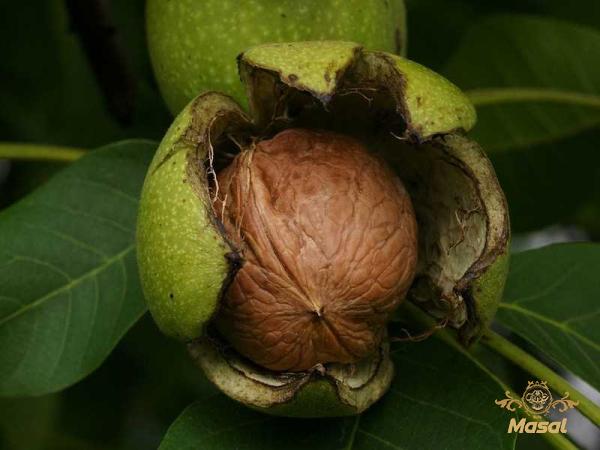 As consumers become more health-conscious and seek out natural and nutritious snacks, the demand for shelled walnuts has increased. Producers and distributors may adjust prices based on consumer preferences and market demand to maximize their revenue. 9. Market Trends and Price Volatility: The price per pound of shelled walnuts can exhibit significant volatility due to various factors. Unforeseen events such as weather-related disruptions, disease outbreaks, or sudden shifts in global demand can cause price fluctuations. Additionally, global market dynamics, such as currency exchange rates and geopolitical factors affecting the supply chain, can influence walnut prices. The commodities market and futures trading can also impact pricing by introducing speculative elements. 10. Seasonal Discounts and Promotions: To stimulate sales and manage inventory, businesses often offer seasonal discounts and promotions on shelled walnuts. During periods of peak supply, such as the harvest season, businesses may reduce prices to encourage bulk purchases or clear excess inventory. These discounts can lead to lower prices per pound, benefiting consumers and creating opportunities for businesses to capture market share. 11. Economic Factors: Broader economic factors, such as inflation, currency exchange rates, and changes in disposable income, can indirectly impact the price per pound of shelled walnuts. Inflationary pressures can increase production costs, including labor and raw materials, which may lead to higher prices. Similarly, fluctuations in currency exchange rates can affect the cost of imported walnuts, subsequently impacting the price per pound. 12. Environmental Sustainability: Growing awareness about environmental sustainability has prompted businesses to adopt sustainable practices in walnut production, which may influence prices. Practices such as organic farming, responsible water usage, and eco-friendly packaging can lead to higher production costs. As a result, businesses that embrace sustainable practices may charge a premium for their shelled walnuts, catering to the preferences of consumers who prioritize sustainability. Conclusion: The price per pound of shelled walnuts is influenced by a range of factors, including supply and demand dynamics, global production and trade, harvest seasons, quality and grade, processing costs, transportation and storage costs, market competition, consumer preferences, market trends, and broader economic and environmental factors. By understanding these factors, consumers and businesses can make informed decisions regarding the purchase, sale, or investment related to shelled walnuts. Stay updated with the latest market trends and conditions to navigate the walnut market effectively and optimize operations and profitability.
As consumers become more health-conscious and seek out natural and nutritious snacks, the demand for shelled walnuts has increased. Producers and distributors may adjust prices based on consumer preferences and market demand to maximize their revenue. 9. Market Trends and Price Volatility: The price per pound of shelled walnuts can exhibit significant volatility due to various factors. Unforeseen events such as weather-related disruptions, disease outbreaks, or sudden shifts in global demand can cause price fluctuations. Additionally, global market dynamics, such as currency exchange rates and geopolitical factors affecting the supply chain, can influence walnut prices. The commodities market and futures trading can also impact pricing by introducing speculative elements. 10. Seasonal Discounts and Promotions: To stimulate sales and manage inventory, businesses often offer seasonal discounts and promotions on shelled walnuts. During periods of peak supply, such as the harvest season, businesses may reduce prices to encourage bulk purchases or clear excess inventory. These discounts can lead to lower prices per pound, benefiting consumers and creating opportunities for businesses to capture market share. 11. Economic Factors: Broader economic factors, such as inflation, currency exchange rates, and changes in disposable income, can indirectly impact the price per pound of shelled walnuts. Inflationary pressures can increase production costs, including labor and raw materials, which may lead to higher prices. Similarly, fluctuations in currency exchange rates can affect the cost of imported walnuts, subsequently impacting the price per pound. 12. Environmental Sustainability: Growing awareness about environmental sustainability has prompted businesses to adopt sustainable practices in walnut production, which may influence prices. Practices such as organic farming, responsible water usage, and eco-friendly packaging can lead to higher production costs. As a result, businesses that embrace sustainable practices may charge a premium for their shelled walnuts, catering to the preferences of consumers who prioritize sustainability. Conclusion: The price per pound of shelled walnuts is influenced by a range of factors, including supply and demand dynamics, global production and trade, harvest seasons, quality and grade, processing costs, transportation and storage costs, market competition, consumer preferences, market trends, and broader economic and environmental factors. By understanding these factors, consumers and businesses can make informed decisions regarding the purchase, sale, or investment related to shelled walnuts. Stay updated with the latest market trends and conditions to navigate the walnut market effectively and optimize operations and profitability.






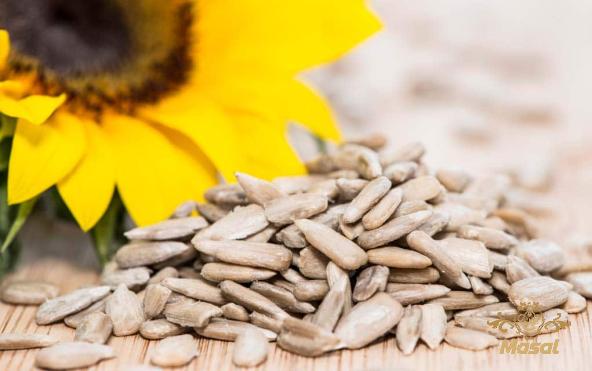
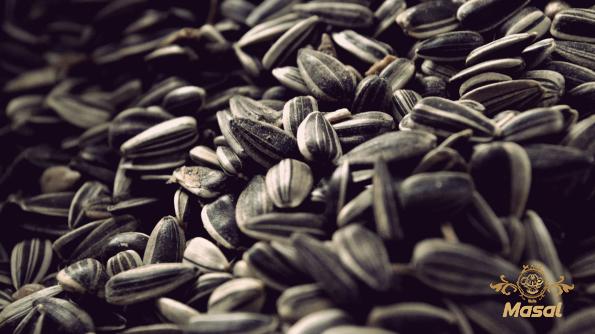

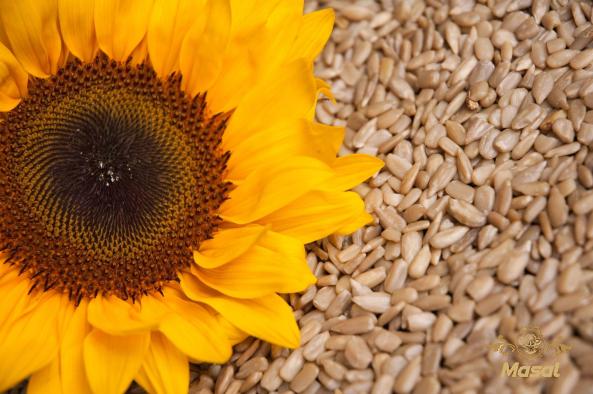
Your comment submitted.